The solar pv tracker market is currently characterized by a dynamic competitive landscape, driven by technological advancements and increasing demand for renewable energy solutions. Key players such as Array Technologies (US), Nextracker (US), and First Solar (US) are at the forefront, each adopting distinct strategies to enhance their market positioning. Array Technologies (US) focuses on innovation in tracking technology, emphasizing efficiency and reliability, while Nextracker (US) has been expanding its footprint through strategic partnerships and regional expansions. First Solar (US), on the other hand, is leveraging its expertise in solar module manufacturing to integrate advanced tracking solutions, thereby enhancing overall system performance. Collectively, these strategies contribute to a competitive environment that is increasingly centered around technological differentiation and operational excellence.
In terms of business tactics, companies are localizing manufacturing to mitigate supply chain disruptions and optimize logistics. The market structure appears moderately fragmented, with several players vying for market share, yet dominated by a few key firms that exert considerable influence. This competitive structure fosters innovation and encourages companies to refine their offerings continuously, ensuring that they remain relevant in a rapidly evolving market.
In November 2025, Nextracker (US) announced a significant partnership with a leading utility company to deploy its latest generation of solar trackers across multiple large-scale projects. This strategic move not only enhances Nextracker's market presence but also underscores its commitment to advancing solar technology in utility-scale applications. The collaboration is expected to drive efficiencies and reduce costs, positioning Nextracker favorably against its competitors.
In October 2025, Array Technologies (US) unveiled a new tracking system designed to optimize energy production in diverse geographical conditions. This innovation is particularly crucial as it allows for greater adaptability in various climates, potentially increasing the company's market share in regions with challenging weather patterns. The introduction of this technology reflects Array's focus on meeting the diverse needs of its customer base while reinforcing its reputation as a leader in tracking solutions.
In September 2025, First Solar (US) completed the acquisition of a technology firm specializing in AI-driven solar energy management systems. This acquisition is poised to enhance First Solar's capabilities in integrating smart technology with solar tracking, thereby improving overall system efficiency. The strategic importance of this move lies in First Solar's aim to lead the market in digital transformation, aligning with broader trends towards automation and data-driven decision-making in the renewable energy sector.
As of December 2025, the competitive trends in the solar pv tracker market are increasingly defined by digitalization, sustainability, and the integration of AI technologies. Strategic alliances are becoming more prevalent, as companies recognize the value of collaboration in driving innovation and expanding market reach. Looking ahead, competitive differentiation is likely to evolve from traditional price-based competition to a focus on technological innovation, reliability, and supply chain resilience. This shift suggests that companies that prioritize R&D and strategic partnerships will be better positioned to thrive in the future.



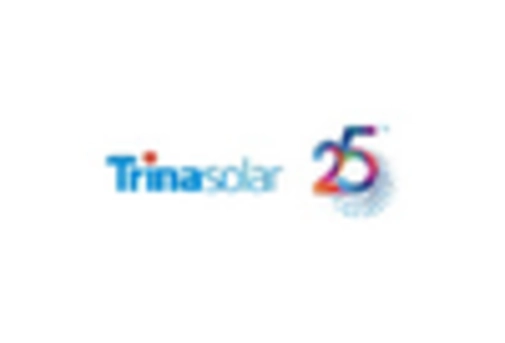

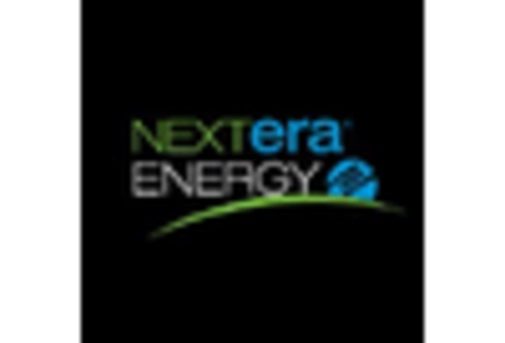

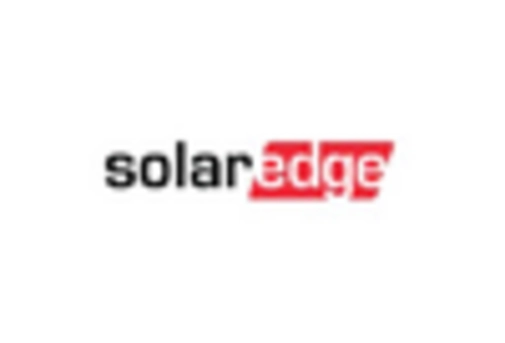



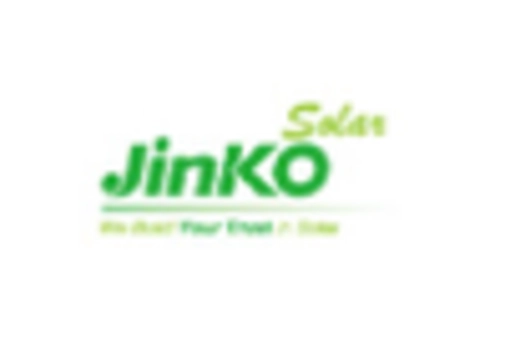


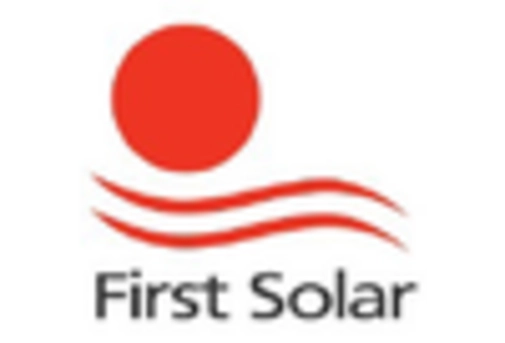









Leave a Comment